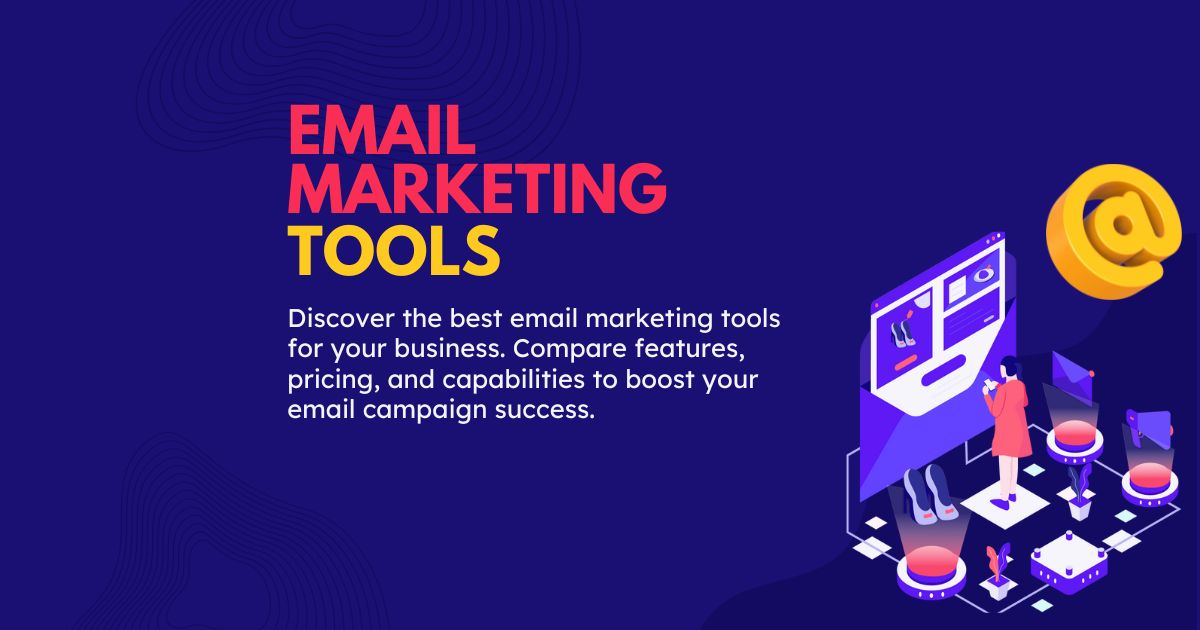
Email marketing remains one of the most effective digital marketing channels, delivering an average ROI of $42 for every dollar spent. However, managing email campaigns manually can be time-consuming and inefficient. This is where email marketing tools come into play, offering businesses the automation, analytics, and design capabilities needed to create successful campaigns.
This comprehensive guide will explore the essential features to look for in email marketing platforms, highlight top tools available today, and provide actionable tips for choosing the right solution for your business needs.
Why Email Marketing Tools Are Essential for Modern Businesses
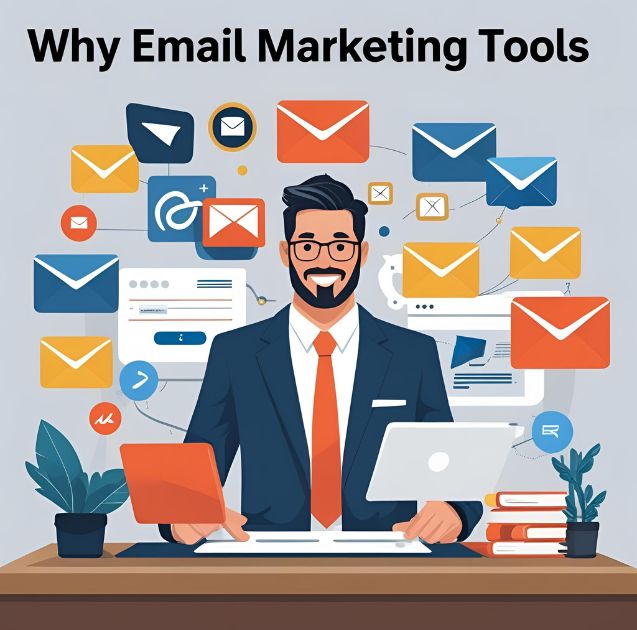
Email marketing tools have evolved far beyond simple newsletter distribution. Modern platforms offer sophisticated features that help businesses build stronger relationships with their audience while saving time and resources.
These tools enable you to segment your audience based on behavior, demographics, and preferences. This segmentation allows for personalized messaging that resonates with specific customer groups, leading to higher engagement rates and conversions.
Automation capabilities represent another crucial advantage. You can set up welcome series, abandoned cart reminders, and re-engagement campaigns that run automatically based on subscriber actions. This automation ensures consistent communication without requiring constant manual intervention.
Advanced analytics provide insights into campaign performance, helping you understand what content resonates with your audience. You can track open rates, click-through rates, conversion rates, and revenue generated from each campaign.
Key Features to Look for in Email Marketing Platforms
User-Friendly Interface and Design Tools
An intuitive interface makes campaign creation faster and more efficient. Look for platforms that offer drag-and-drop editors, pre-built templates, and mobile-responsive designs. These features allow you to create professional-looking emails without requiring design expertise.
Template libraries should include options for various industries and campaign types. Whether you’re sending newsletters, promotional offers, or event invitations, having relevant templates saves time and ensures consistency across your campaigns.
Automation and Workflow Capabilities
Automation features should include trigger-based campaigns, drip sequences, and behavioral targeting. The ability to create complex workflows based on subscriber actions allows for sophisticated nurture campaigns that guide prospects through your sales funnel.
Advanced automation includes features like conditional splits, time delays, and multi-channel integration. These capabilities enable you to create personalized customer journeys that adapt based on subscriber engagement and preferences.
Analytics and Reporting Features
Comprehensive reporting helps you measure campaign effectiveness and identify improvement opportunities. Essential metrics include delivery rates, open rates, click-through rates, and conversion tracking.
Advanced analytics should provide insights into subscriber behavior, such as engagement patterns, preferred sending times, and content preferences. Heat mapping capabilities can show which parts of your emails receive the most attention.
Integration Capabilities
Your email marketing tool should integrate seamlessly with your existing tech stack. Common integrations include CRM systems, e-commerce platforms, social media channels, and analytics tools.
API access allows for custom integrations and data synchronization between platforms. This connectivity ensures consistent customer data across all your marketing channels.
Top Email Marketing Tools to Consider
All-in-One Solutions
Comprehensive platforms like Mailchimp, Constant Contact, and HubSpot offer complete email marketing solutions suitable for businesses of all sizes. These tools typically include template libraries, automation features, and detailed analytics.
Mailchimp stands out for its user-friendly interface and extensive integration options. The platform offers advanced segmentation, A/B testing, and predictive analytics that help optimize campaign performance.
HubSpot provides powerful automation capabilities and seamless integration with its CRM system. This integration allows for highly personalized campaigns based on detailed customer profiles and interaction history.
Specialized Automation Tools
Platforms like ActiveCampaign, Drip, and ConvertKit focus heavily on automation and advanced workflow capabilities. These tools excel at creating complex customer journeys and behavior-based campaigns.
ActiveCampaign combines email marketing with CRM functionality, offering advanced automation features and detailed contact scoring. The platform excels at creating sophisticated multi-channel campaigns.
ConvertKit targets content creators and online businesses, offering features specifically designed for building and nurturing online communities. Its automation capabilities focus on subscriber journey optimization.
Enterprise-Level Solutions
Large organizations often require robust platforms like Salesforce Marketing Cloud, Adobe Campaign, or Eloqua. These tools offer advanced personalization, complex automation, and extensive customization options.
Enterprise solutions typically provide dedicated support, advanced security features, and scalability to handle millions of subscribers. They often include predictive analytics and AI-powered optimization features.
Choosing the Right Email Marketing Tool for Your Business
Assess Your Business Needs
Start by evaluating your current email marketing activities and future goals. Consider factors like list size, sending frequency, automation requirements, and integration needs.
Small businesses might prioritize ease of use and affordability, while larger organizations may need advanced features like dynamic content and complex automation workflows.
Consider Your Budget and ROI
Email marketing tools range from free plans with basic features to enterprise solutions costing thousands per month. Calculate the potential ROI based on your email marketing goals and choose a tool that aligns with your budget constraints.
Many platforms offer tiered pricing based on subscriber count or email volume. Consider your growth projections when selecting a plan to avoid frequent upgrades.
Evaluate Technical Requirements
Consider your team’s technical expertise and available resources. Some platforms require minimal technical knowledge, while others offer extensive customization options that may require developer assistance.
Integration requirements should also influence your decision. Ensure your chosen platform can connect with your existing tools and systems without significant technical challenges.
Best Practices for Maximizing Email Marketing Tool Effectiveness
Focus on List Building and Segmentation
Effective email marketing starts with building a quality subscriber list. Use lead magnets, opt-in forms, and content upgrades to attract subscribers who are genuinely interested in your offerings.
Segment your list based on demographics, behavior, and preferences. Most email marketing tools offer advanced segmentation features that allow for highly targeted campaigns.
Optimize for Mobile Devices
With over 60% of emails opened on mobile devices, mobile optimization is crucial. Choose tools that offer responsive design templates and mobile preview capabilities.
Test your emails across different devices and email clients to ensure consistent rendering and functionality.
Leverage Automation Strategically
Start with basic automation like welcome series and abandoned cart reminders, then gradually implement more complex workflows. Monitor performance metrics to identify optimization opportunities.
Use behavioral triggers to send relevant content at optimal times. This approach increases engagement and helps build stronger relationships with your subscribers.
Taking Your Email Marketing to the Next Level
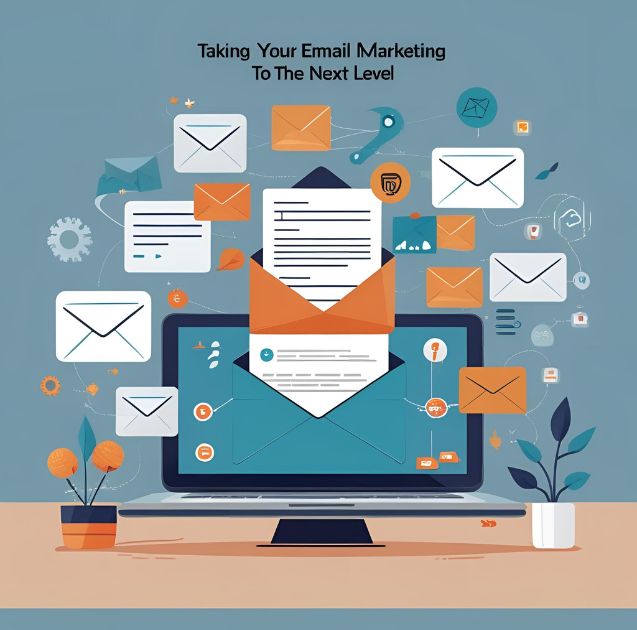
Email marketing tools provide the foundation for successful campaigns, but their effectiveness depends on strategic implementation and consistent optimization. Start by clearly defining your goals and selecting a platform that aligns with your business needs and technical capabilities.
Remember that the best email marketing tool is one that you’ll actually use consistently. Focus on mastering the essential features before exploring advanced capabilities. Regular testing, analysis, and optimization will help you maximize the ROI from your email marketing efforts.
Begin by evaluating your current email marketing approach and identifying areas for improvement. Choose a tool that offers the features you need now while providing room for growth as your business evolves.







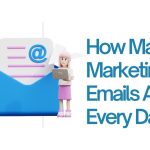







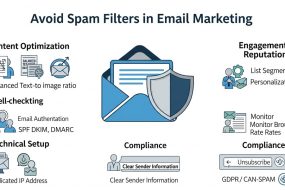
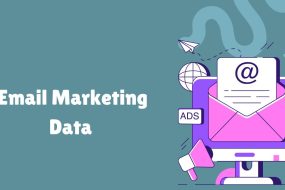
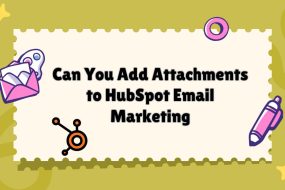
No Comments